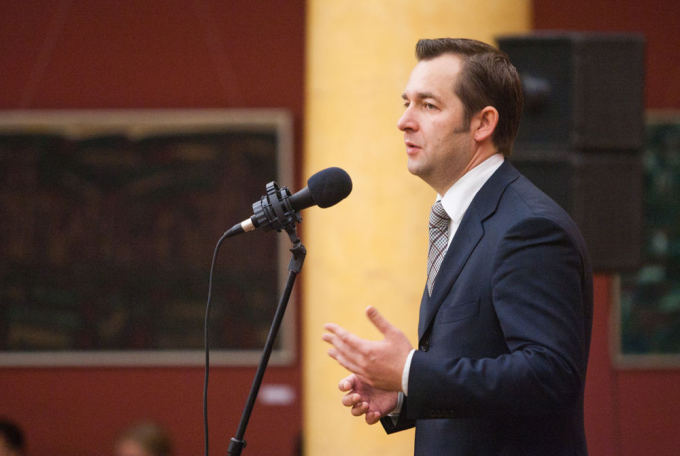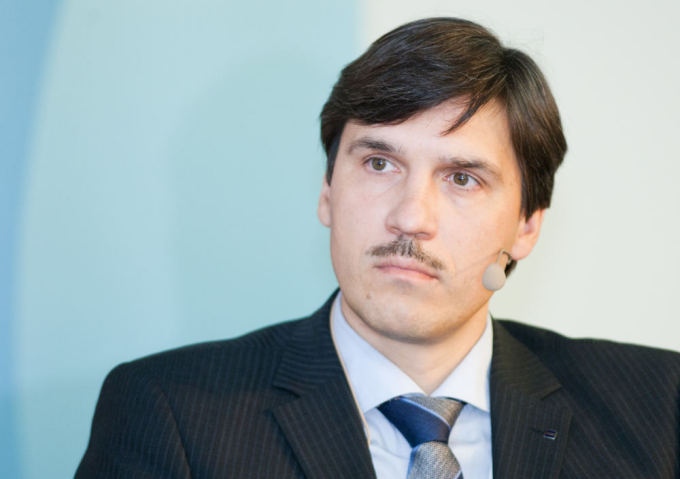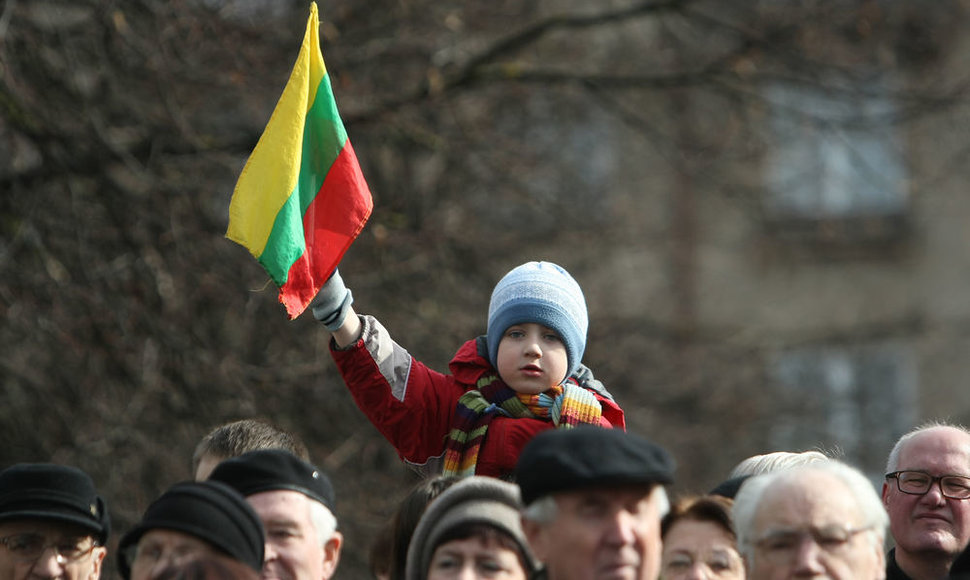“We aim at a creative empowerment of each and every member of the society, focusing on ideas that would help Lithuania become a modern, energetic country, embracing differences, and with a strong sense of national identity,” reads the paper.
“This is a country with creatively empowered population, and its progress is in the hands of responsible, creative and open-minded people. By cherishing our country, we will embrace historical memory, preserve the environment, learn from the best international practices, and seek cultural, social and economic unity with Northern and Baltic countries.”
Two members of the State Progress Council – Ramūnas Vilpišauskas, director of the International Relations and Political Science Institute at Vilnius University, and Nerijus Pačėsa, rector at the ISM University of Management and Economics – talk to 15min about why it is important to have a vision of Lithuania in year 2030.
Reference guide for future decisions
According to Vilpišauskas, the “Lithuania 2030” paper has several features that distinguishes it from a host of other strategies. It is not a strategy to develop some particular sector of the economy, where every institution advances its own interests. “Lithuania 2030” focuses on more general things, relevant to a wider circle of working people.
“One must recall how it was drafted. The process included not just politicians and ministry people, but also business leaders, people from the academia and NGOs. Efforts were made to include not just the ruling parties. The current government, formed as it is from previously opposition parties, continues the work. That gives hope that this strategy might become the main contract of political parties, a reference for making key decisions,” Vilpišauskas says.
 |
| Ramūnas Vilpišauskas |
The paper gives an overview of how Lithuania looks in the context of other countries, outlines its strengths and weaknesses, suggests role models to follow. “We can use it as a compass and a measure of how we're doing. In several years, we will be able to see if we're moving in the right direction,” according to him.
Much time wasted
Can Lithuania achieve a qualitative break within 15 years? Yes, Vilpišauskas believes. “It is possible to achieve the goals, provided we seek them consistently. The biggest problem of Lithuania's political system since the Independence has been inconsistency. There has been a lot of toing and froing on very important issues. Among those was the land reform. How many times have we seen the policies changed, confused, the rules meddled with? There was plenty of opportunity for those better informed to abuse the system. Another example of inconsistency could be the energy projects that are hopelessly late, if we look at what was defined as strategic projects 15 years ago. The reason is that, after each elections, the new majority reviews and alters previously agreed goals. When parliament or the government make day-to-day decisions, the first thing to think about should be whether they contribute to the common goals, or are we moving in zigzags again.”
Vilpišauskas believes that it will be possible to say whether “Lithuania 2030” is serving its purpose as soon as next year. “Social change is effected by people themselves. Politicians only give the rules of the game and have the power to change them. Before each election, voters and candidates tend to inflate the role of politicians, but we must see things to their proper scale. Such strategies merely give an incentive, but that is no small thing,” he says.
Role models in Scandinavia
Some economies take a slump, while others grow. Such disparities are manifest even in charts that span over 50 years or a century. Why some nations manage to achieve prosperity, while others do not – this is the main question addressed in the strategy paper.
Its manifest goal is to build a welfare state, fashioned after the Nordic countries. “The Nordic countries are not an alternative to Lithuania's cooperation with Poland or its active role in the Eastern Partnership programme. However, we can still take example from the Nordic countries for their quality state institutions, stability of legal systems, low level of corruption. The Nordic countries are world leaders according to these indicators. At the moment, their name is associated with competitive economy and orderly public finances. Lithuania should seek that these two characteristics apply to it always, not just during an economic crisis,” Vilpišauskas says.
He concedes that agreeing on one path for everyone in a country is no easy matter, not least because of different political ideologies. The strategy does not have to reconcile platforms of all political parties. Some think that more even distribution of resources means fewer barriers to start a business, while others interpret it as greater redistribution. Therefore the paper defines principles that are very abstract.
Asked what path the paper outlines for Lithunia, Vilpišauskas summarizes it thus: “A welfare state is one where most people feel well. The Nordic states are not the only ones in this category, there are also countries like New Zealand. Lithuania should strive to be a state like that.”
General non-debatable guidelines
Nerijus Pačėsa of the ISM University of Management and Economics is thankful to the current government that it did not scrap or radically review the strategy: “I'd like to use the opportunity to commend the government and the prime minister for following up on the work. That they do not behave in ways we often expect from new governments, reviewing strategies. It shows that this paper outlines priorities that are important to our country, basic things that are hardly debatable, so no one is tempted to keep rewriting them.”
 |
| Nerijus Pačėsa |
He says that some previous strategy papers were too detailed, meddling too much into tactics and making opposing political parties fight over finer points.
Asked if drafting general strategies is not simply a waste of time, Pačėsa explains that it is papers like these that lay foundations for a successful future of a state, a business, or an individual. “Many people go with the flow and do not bother with long-term goals. Some of them get lucky, but most do not. Therefore a person, a company, or a state must have a future vision. We must know what kind of a country we want to build. A strategy is indispensable.”
Working for free
Pačėsa notes that “Lithuania 2030” differs from other strategy papers also in the way it was put together. “Many people were involved in putting this strategy together. There were many discussions, but no one received any compensation for their work. There were no hired consultants who might draft a strategy and then sell it,” Pačėsa relates.
He believes that people must have a sense of where their state is going: “If you live, day-in and day-out, on issues of today, you will never solve them completely and everything you do will look futile. People should not be indifferent about whether their state is steering towards information economy or traditional industry and cheap labour. We can be happy that we have attracted investment and created more jobs in textile or timber industries. We could say this is our strategy. But we can also say that this is a prospectless path, that we must be innovative and invest into people's minds in order to become a competitive country.”
Pačėsa thinks that a longer-term strategy should be on the table soon, even though 15 years is enough time to evaluate progress: “I believe that we'll have 'Lithuania 2050' strategy soon, but it is possible to see the change in 15 years. Turn back time 15 years and you'll see how many things have changed in Lithuania, even though we did not have a clearly-defined course.”













